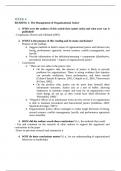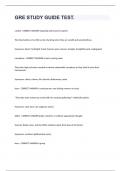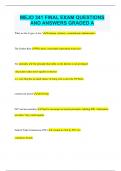Summary
Summary LSE MG105 Week 4-5 Reading Summaries
- Institution
- London School Of Economics (LSE)
2024/2025 W4: READING 1: The Management of Organizational Justice + READING 2: Forming and reacting to overall fairness: A cross-cultural comparison W5: READING 1: Managing multicultural teams Audience: practitioners READING 2: Leader–Team Congruence in Power Distance Values and Team Eff...
[Show more]






